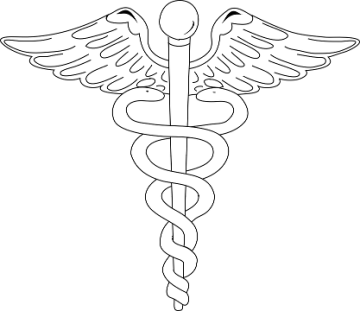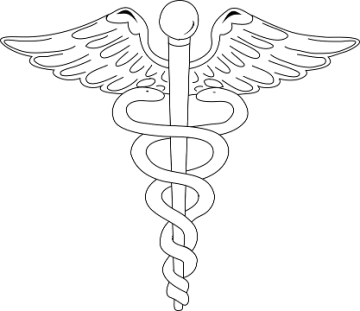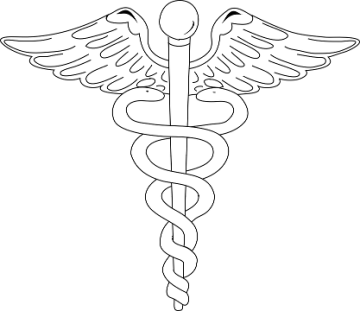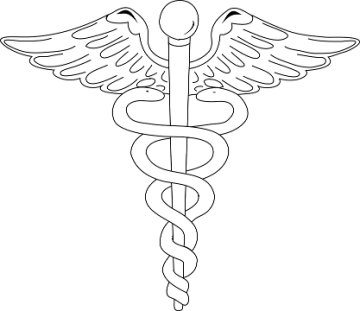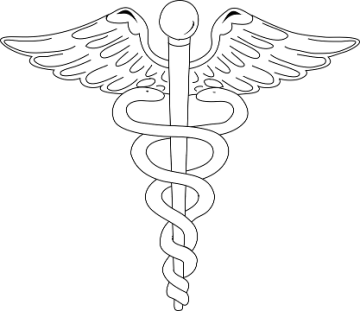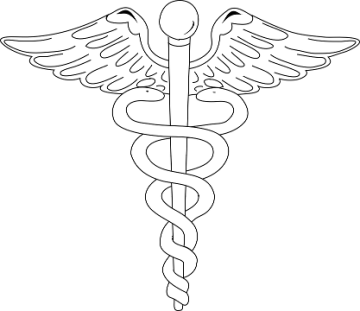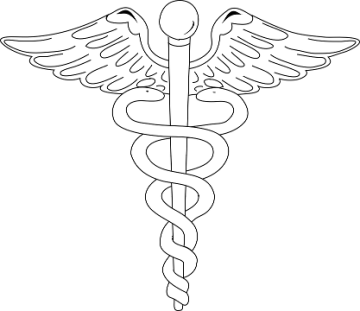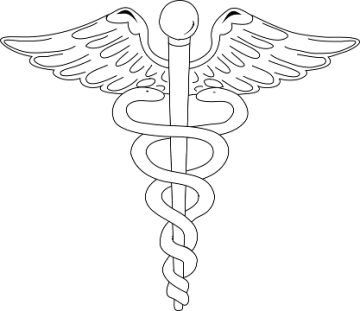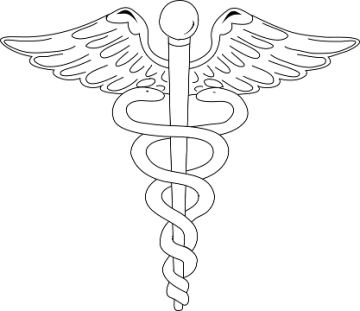Frozen Shoulder
‘Frozen shoulder’ is a term sometimes used loosely in connection with any type of persistent shoulder pain. But specifically it is the loss of arm movement at the shoulder joint.
The shoulder is the part of the body that is the third most common subject for chiropractic treatment, the lower back and the neck being the two most common. Frozen shoulder can be brought on by the trauma of a fall or car accident, or it may come on gradually as a result of muscle imbalance, overuse and irritation.
- Read more about Frozen Shoulder
- Log in to post comments
